

Articles
How Long Can Strawberries Last In The Freezer
Modified: August 27, 2024
Discover articles on how to preserve and store strawberries in the freezer, and learn how long they can last while maintaining their freshness and flavor.
(Many of the links in this article redirect to a specific reviewed product. Your purchase of these products through affiliate links helps to generate commission for Storables.com, at no extra cost. Learn more)
Introduction
Strawberries are a beloved fruit known for their vibrant color, juicy sweetness, and refreshing taste. However, their availability is often limited to certain seasons, making it difficult to enjoy them year-round. That’s where freezing comes in handy!
Freezing strawberries is an excellent way to extend their shelf life and have them available at any time to satisfy your cravings or to use in various recipes. However, it’s essential to know how long strawberries can last in the freezer and how to properly store them to maintain their quality and flavor.
In this article, we will explore everything you need to know about freezing strawberries, including the basics of freezing, factors that affect their shelf life, proper storage techniques, and creative ways to use them once they are frozen. By the end, you will have all the information you need to enjoy the delightful taste of strawberries all year round.
Key Takeaways:
- Enjoy strawberries year-round by freezing them properly. Choose ripe ones, use airtight containers, and maintain a consistent freezer temperature for optimal results.
- Get creative with frozen strawberries in smoothies, sauces, baking, and more. They add a burst of flavor to your dishes and drinks!
Read more: How Long Can Shrimp Last In The Freezer
Freezing Strawberries: The Basics
Freezing strawberries is a simple process that allows you to preserve their freshness and flavor for an extended period. Here are the basic steps to follow:
- Start by selecting ripe and firm strawberries. Avoid using overripe or mushy ones, as they may not freeze well.
- Wash the strawberries gently under cold running water to remove any dirt or impurities. Be sure to remove the green stems and leaves.
- Pat the strawberries dry with a clean kitchen towel or paper towel to remove any excess moisture.
- Choose your preferred method of freezing. There are two common methods:
- Whole Strawberries: Place the strawberries in a single layer on a baking sheet lined with parchment paper. Ensure that they are not touching each other. Place the baking sheet in the freezer for a few hours until the strawberries are frozen solid. Once frozen, transfer them to airtight freezer bags or containers for long-term storage.
- Sliced or Pureed Strawberries: If you plan to use strawberries for smoothies or sauces, slice or puree them before freezing. Place the sliced or pureed strawberries into freezer-safe containers, leaving about half an inch of headspace. Seal the containers tightly to prevent freezer burn.
- Label the containers with the date of freezing to keep track of their freshness. Strawberries can typically stay in the freezer for up to 12 months, but it’s best to consume them within 6 months for optimal quality.
Now that you know the basics of freezing strawberries, let’s dive into the factors that can affect the shelf life of frozen strawberries.
Factors Affecting the Shelf Life of Frozen Strawberries
While freezing is an excellent method to preserve the freshness of strawberries, several factors can impact the shelf life of frozen strawberries. Understanding these factors can help you make the most out of your frozen strawberries. Here are the key factors to consider:
- Quality of the strawberries: The quality of the strawberries at the time of freezing plays a crucial role in their shelf life. Choose strawberries that are ripe and free from any blemishes or bruises. High-quality strawberries are more likely to retain their taste and texture after freezing.
- Proper packaging: The way you store your frozen strawberries is essential. It is crucial to use airtight containers or freezer bags to prevent any air or moisture from entering. This will help to avoid freezer burn and maintain the quality of the strawberries.
- Temperature consistency: Consistency in temperature is vital to the longevity of the frozen strawberries. Fluctuations in temperature can negatively affect the quality and texture. Make sure your freezer maintains a constant temperature of 0°F (-18°C) or below.
- Storage duration: While frozen strawberries can technically last up to 12 months, it’s best to consume them within 6 months for optimal taste and texture. As time passes, the strawberries may start to lose their flavor and become mushy.
- Frequent thawing and refreezing: Thawing and refreezing strawberries multiple times can lead to a decrease in quality. When you thaw strawberries, use them immediately and avoid refreezing to maintain their taste and texture.
- Hygiene practices: Ensure that you handle strawberries hygienically right from the moment of freezing. Clean hands, sanitized utensils, and proper washing techniques can help prevent any contamination that may affect the shelf life of the strawberries.
By taking these factors into account, you can maximize the shelf life of your frozen strawberries and enjoy their deliciousness whenever you desire. Next, we’ll explore the proper storage techniques for frozen strawberries.
Proper Storage of Frozen Strawberries
Proper storage is crucial for maintaining the quality and taste of frozen strawberries. Follow these guidelines to ensure that your frozen strawberries stay fresh and delicious:
- Transfer to airtight containers: Once your strawberries are completely frozen, transfer them to airtight containers or freezer bags. These containers will prevent any air or moisture from entering and protect the strawberries from freezer burn.
- Label and date: It’s essential to label the containers or freezer bags with the date of freezing. This way, you can keep track of the freshness of the strawberries and prioritize using them within the recommended timeframe.
- Store in a cold, consistent freezer: Place the containers or freezer bags in the coldest part of your freezer, maintaining a temperature of 0°F (-18°C) or below. Avoid storing them in the freezer door, as its temperature may fluctuate more frequently compared to the main compartment.
- Avoid overcrowding: Ensure that you do not overcrowd the freezer containers or bags with strawberries. Leaving a little space allows for proper airflow and prevents the strawberries from clumping together.
- Organize for easy access: Consider organizing your frozen strawberries by date or portion sizes for convenient use. This will help you locate and use the strawberries effortlessly without disturbing the rest of the frozen stock.
- Minimize exposure to light: Light exposure can cause changes in color and flavor. Keep the containers or bags of strawberries in a darker area of the freezer to minimize exposure to light.
- Don’t thaw unnecessarily: It is best to use frozen strawberries directly from the freezer without thawing unless your recipe specifically requires it. Excessive thawing can lead to loss of moisture and affect the texture of the strawberries.
By following these storage techniques, you can maintain the quality of your frozen strawberries for an extended period and enjoy their delightful taste whenever you need them. Next, we’ll discuss how to determine if frozen strawberries are still good to use.
To maximize the shelf life of strawberries in the freezer, make sure to remove any stems, wash and dry them thoroughly, then spread them out on a baking sheet to freeze individually before transferring them to an airtight container or freezer bag. This will prevent them from sticking together and help maintain their quality for up to 12 months.
How to Determine if Frozen Strawberries are Still Good
Knowing whether your frozen strawberries are still good to use is essential for ensuring that you enjoy a safe and delicious eating experience. Here are some tips to help you determine if your frozen strawberries are still good:
- Visual inspection: Examine the strawberries for any signs of freezer burn, such as discoloration or ice crystals. While freezer burn doesn’t necessarily make the strawberries unsafe to eat, it can affect their texture and taste.
- Smell test: Give the frozen strawberries a sniff. If they have an off-putting odor or smell sour, it’s an indication that they may have gone bad and should be discarded.
- Texture evaluation: Thaw a few strawberries and assess their texture. If they have become mushy or excessively soft, it’s a sign that they may have deteriorated and are no longer suitable for consumption.
- Taste sampling: If everything else seems fine, taste a small piece of the thawed strawberry. If it has a strange or unpleasant taste, it’s best to dispose of the batch.
- Trust your instincts: Ultimately, trust your instincts. If something about the frozen strawberries feels off or makes you hesitant, it’s better to err on the side of caution and discard them.
It’s important to note that frozen strawberries may not necessarily go bad or become unsafe to eat, but they can lose their quality over time. If you’re unsure about the safety or freshness of the strawberries, it is always best to discard them and opt for a fresh batch.
Now that you know how to determine the condition of your frozen strawberries, let’s explore some creative ways to use them!
Read more: How Long Can Pork Last In The Freezer
Creative Ways to Use Frozen Strawberries
Frozen strawberries are incredibly versatile and can be used in a variety of delicious dishes. Here are some creative ways to make the most out of your frozen strawberries:
- Smoothies and Milkshakes: Frozen strawberries are the perfect addition to smoothies and milkshakes. Simply blend them with your favorite fruits, yogurt, milk, or plant-based alternatives for a refreshing and nutritious treat.
- Strawberry Sauce: Thawed strawberries can be transformed into a delectable sauce to accompany pancakes, waffles, ice cream, or cheesecake. Simmer the strawberries with a bit of sugar and lemon juice until they break down and form a thick sauce.
- Fruit Parfaits: Layer thawed strawberries with Greek yogurt and granola in a glass to create a healthy and satisfying breakfast or dessert parfait. Customize it with additional fruits or nuts for added flavor and texture.
- Baking Recipes: Frozen strawberries can be incorporated into baking recipes like muffins, cakes, bread, and pies. Thaw them first, drain any excess liquid, and then fold them gently into the batter for a burst of fruity goodness.
- Strawberry Ice Cream or Sorbet: Use thawed strawberries to make homemade ice cream or sorbet. Blend them with sweetened condensed milk or your preferred sweetener, cream, or coconut milk, and freeze the mixture for a luscious homemade frozen dessert.
- Refreshing Drinks: Infuse your water or tea with the natural sweetness and flavor of frozen strawberries. Drop a few thawed strawberries in your drink for a delightful twist and a hint of fruity freshness.
- Frozen Dessert Toppings: Top off your frozen yogurt, gelato, or slices of cake with sliced or pureed thawed strawberries. They add a burst of tangy sweetness and a pop of color to your frozen treats.
- Strawberry Salad Dressing: Blend thawed strawberries with olive oil, vinegar, honey, and a touch of salt and pepper to create a vibrant and delicious salad dressing. Drizzle it over mixed greens or use it as a dipping sauce for fresh vegetables.
These are just a few ideas to inspire you, but don’t be afraid to get creative and experiment with different recipes and combinations using your frozen strawberries. Get ready to delight your taste buds with the wonderful flavor of strawberries, no matter the season!
Coming to the end of our article, let’s wrap up what we’ve discussed so far.
Conclusion
Freezing strawberries is a fantastic way to ensure you can enjoy the taste of this delicious fruit no matter the season. By understanding the basics of freezing, the factors affecting the shelf life, proper storage techniques, and creative ways to use frozen strawberries, you can confidently make the most out of your frozen stock.
Remember to choose ripe and firm strawberries for freezing and follow the appropriate freezing method to maintain their quality. Factors such as proper packaging, consistent temperature, and storage duration also contribute to the longevity of your frozen strawberries.
When it comes to storage, use airtight containers or freezer bags, label them with the date of freezing, and store them in the coldest part of your freezer. Avoid thawing unnecessarily and minimize exposure to light to preserve the strawberries’ taste and texture.
To determine if your frozen strawberries are still good, conduct a visual inspection, perform a smell test, evaluate the texture, and taste a small portion. Trust your instincts and if in doubt, discard them.
Lastly, get creative with your frozen strawberries by incorporating them into smoothies, sauces, parfaits, baking recipes, and more. The possibilities are endless, and they add a burst of flavor to your dishes and drinks.
So, the next time you come across a bountiful supply of fresh strawberries, consider freezing them to extend their shelf life and make sure you have a stock of deliciousness at your fingertips whenever you need them.
Now, go ahead and enjoy the delightful taste of strawberries in any season with the power of freezing!
Frequently Asked Questions about How Long Can Strawberries Last In The Freezer
Was this page helpful?
At Storables.com, we guarantee accurate and reliable information. Our content, validated by Expert Board Contributors, is crafted following stringent Editorial Policies. We're committed to providing you with well-researched, expert-backed insights for all your informational needs.
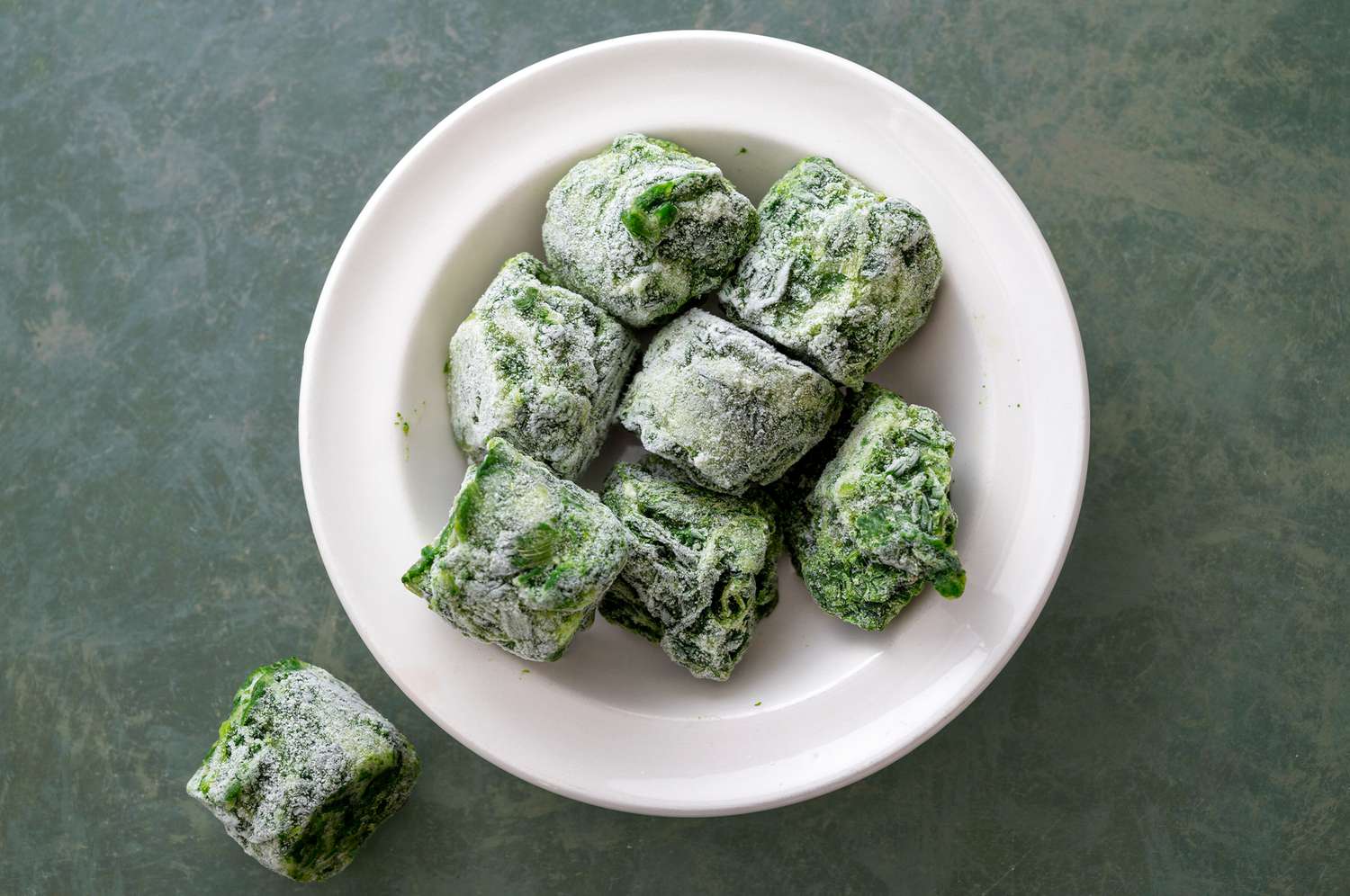
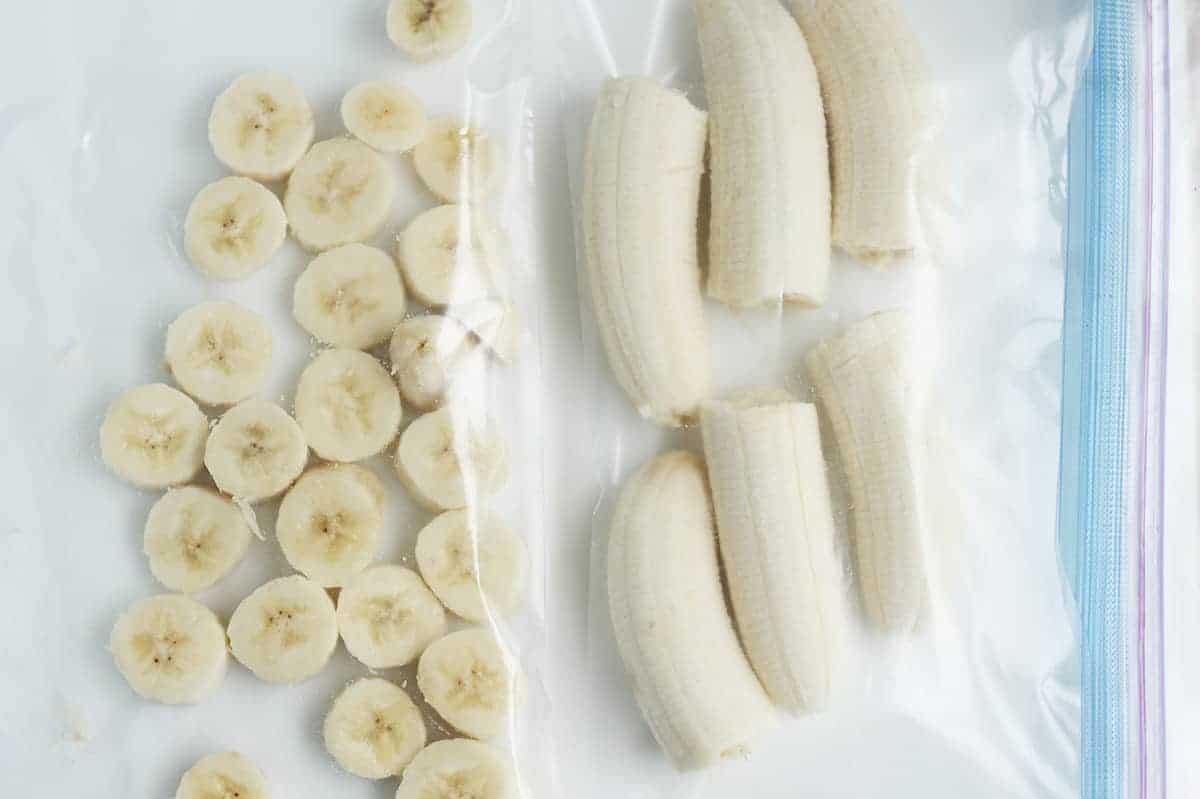
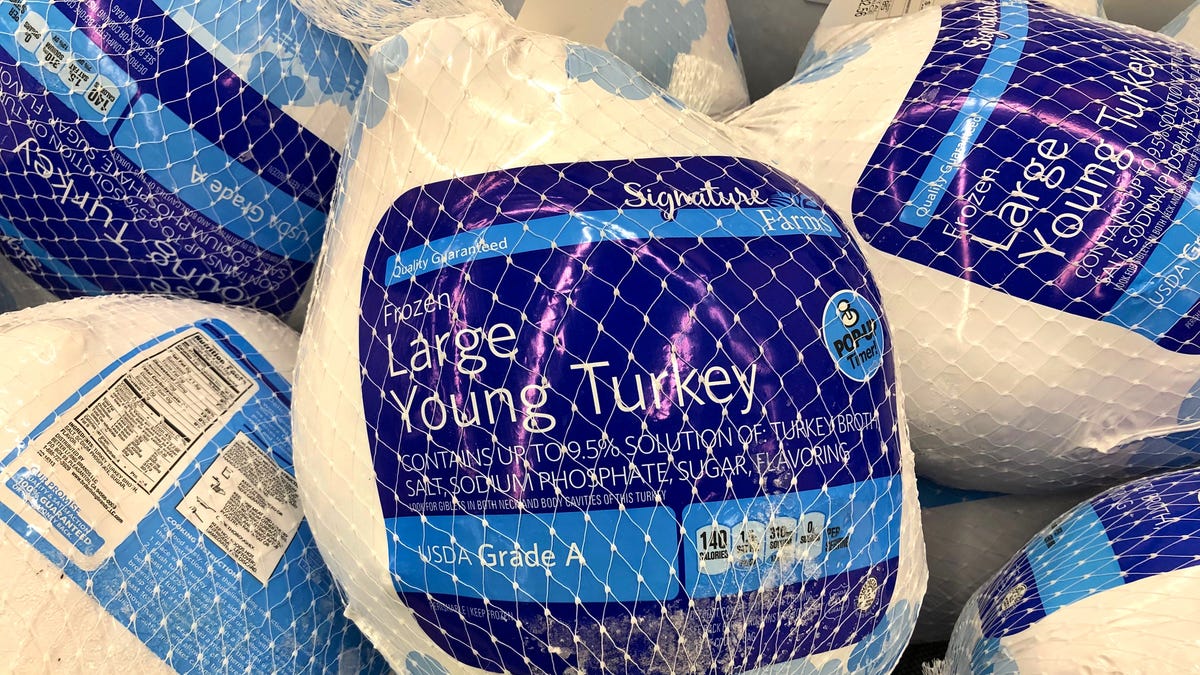

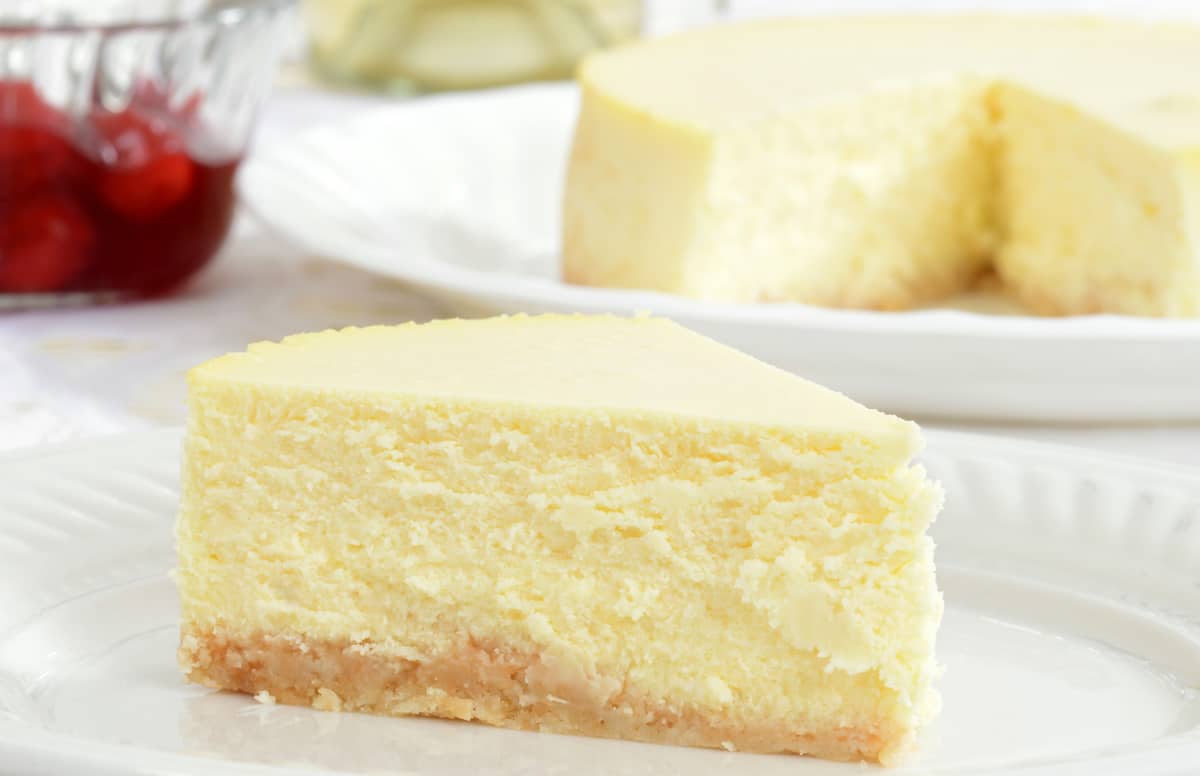

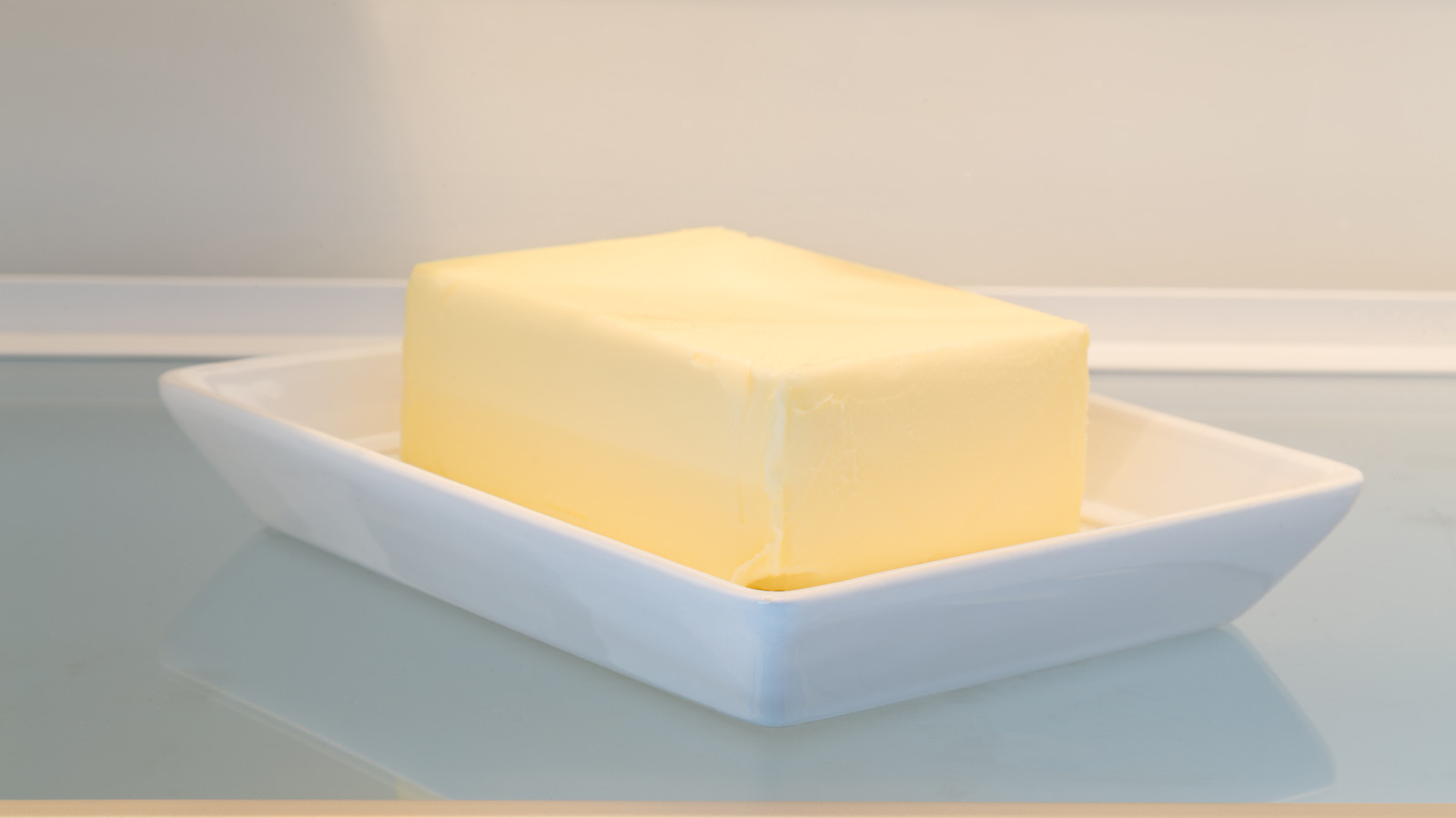





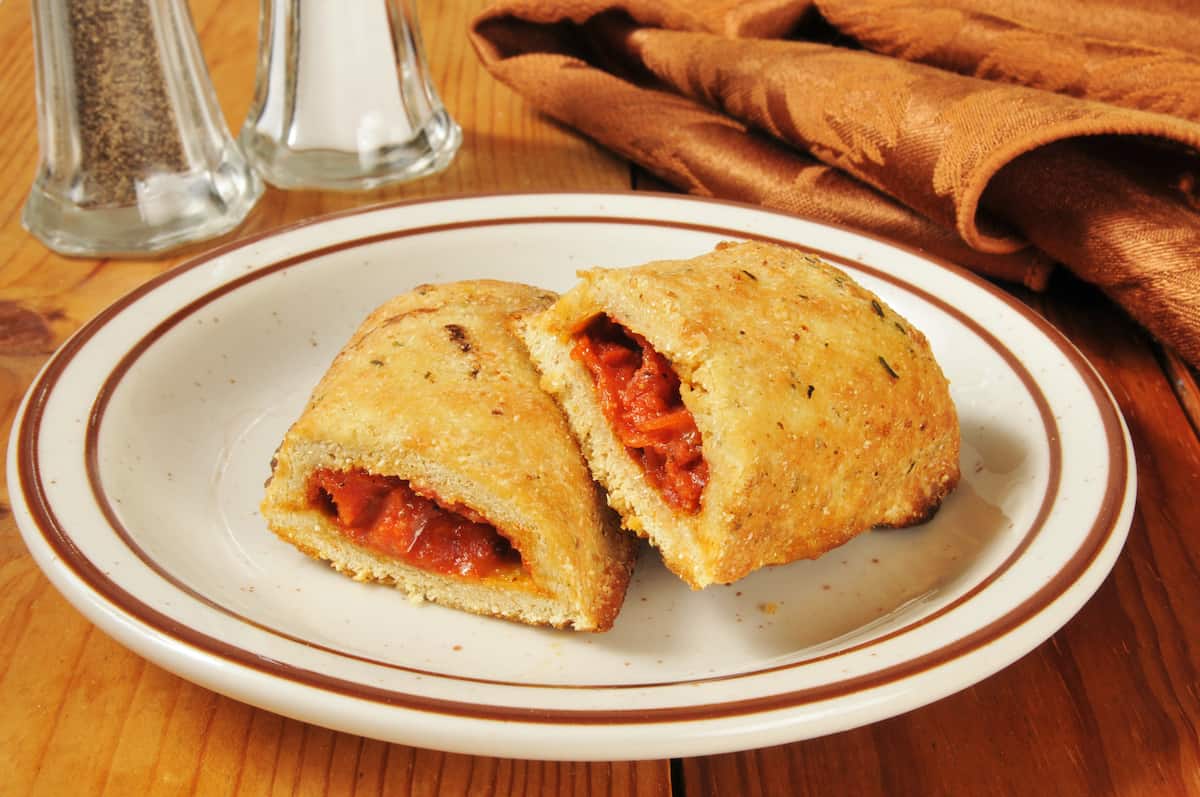


0 thoughts on “How Long Can Strawberries Last In The Freezer”